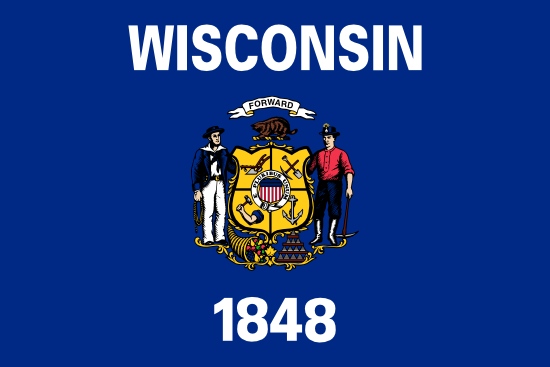
Iron Belt
- County:
- Iron County
- County Seat:
- No
- Area (mi²):
- 2.468
- State:
- Wisconsin
Iron Belt is a CDP located in Iron County, Wisconsin Wisconsin. Unfortunately, the data for this location is currently limited or unavailable.
The median household income in Iron Belt is $56,150 with a poverty rate of 6.99%. The median age in Iron Belt is 48.3 years: 47.6 years for males, and 59.1 years for females. For every 100 females there are 160.0 males.